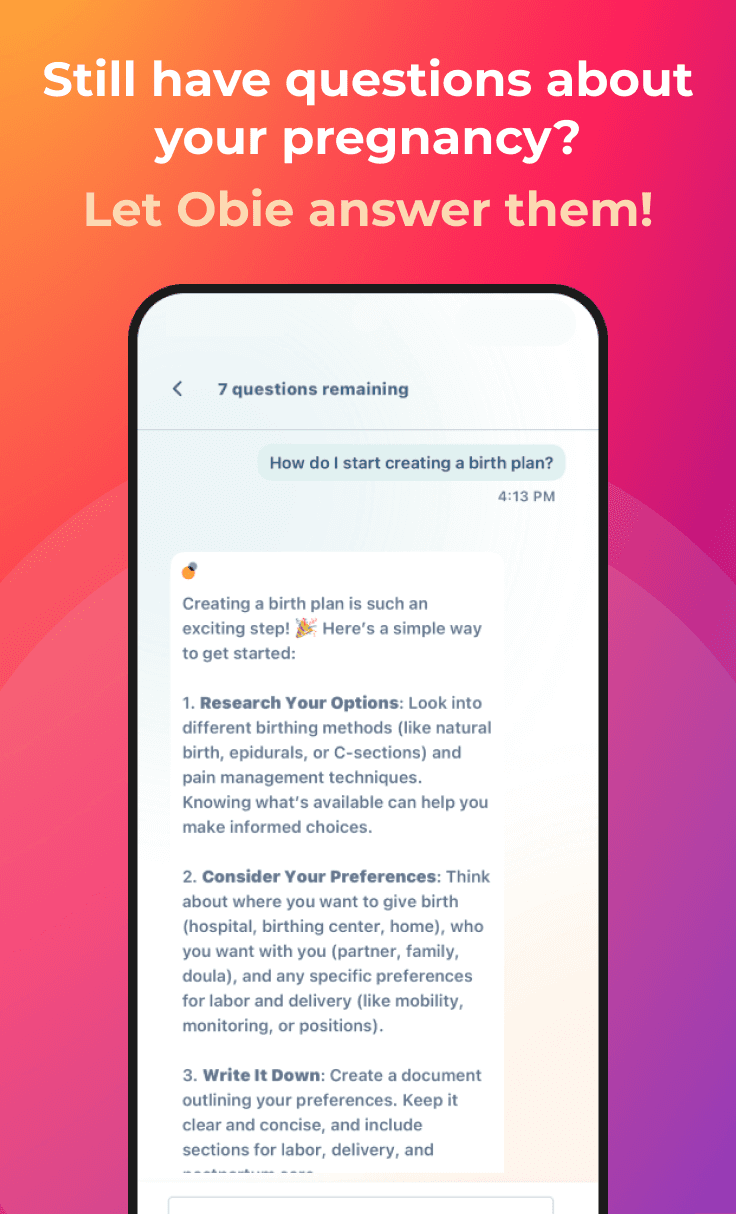Estrogen (Estradiol) Levels During Pregnancy
Laboratory Tests
Obie Editorial Team

What is Estradiol?
Estradiol is more widely known as estrogen, the female reproductive hormone. The hormone is found in both men and women, and plays a part in mood stabilization, temperature control, and other body functions, though it is most well-known as the pregnancy and menopause hormone.
Other Functions of Estrogen
The estrogens are directly related to female reproduction but they are vital to other body systems as well:
- Sexual Performance — Estrogen helps keep the female reproductive system in optimum health for conception and pregnancy and enhances a woman’s sexual pleasure. Some women experience vaginal dryness and other discomforts that hinder sexual performance once menopause begins.
- Skeletal Structure — The female body’s ability to metabolize calcium, vitamin D, and other nutrients vital for strong bones is enhanced by estrogen. Women risk osteoporosis, a thinning of the bones, when estrogen levels begin to drop during perimenopause.
- Cardiovascular System — Women are significantly less likely than men to develop heart disease during reproductive years. This estrogen-related cardiovascular protection ends when estrogen production declines with menopause.
- Urinary Health — Women with low estrogen levels, as in menopause, often experience a thinning of the urethra which makes them more prone to urinary tract and kidney infections.
An estrogen test will likely be paired with other blood tests to get an overall picture of health. There are many causes of altered estrogen values, so additional diagnostic tests may be used to determine the definitive cause.
Normal Value Range
- Children (Pre-Puberty): < 10 pg/mL
- Males: < 60 pg/mL
- Ovulating Women Early Follicular: 30 to 100pg/mL
- Ovulating Women Late Follicular: 100 to 400pg/mL
- Ovulating Women Luteal Phase: 60 to 150pg/mL
- Pregnancy Trimester One: 188 to 2497pg/mL
- Pregnancy Trimester Two: 1278 to 7192pg/mL
- Pregnancy Trimester Three: 6137 to 3460pg/mL
- After Menopause < 18 pg/mL










